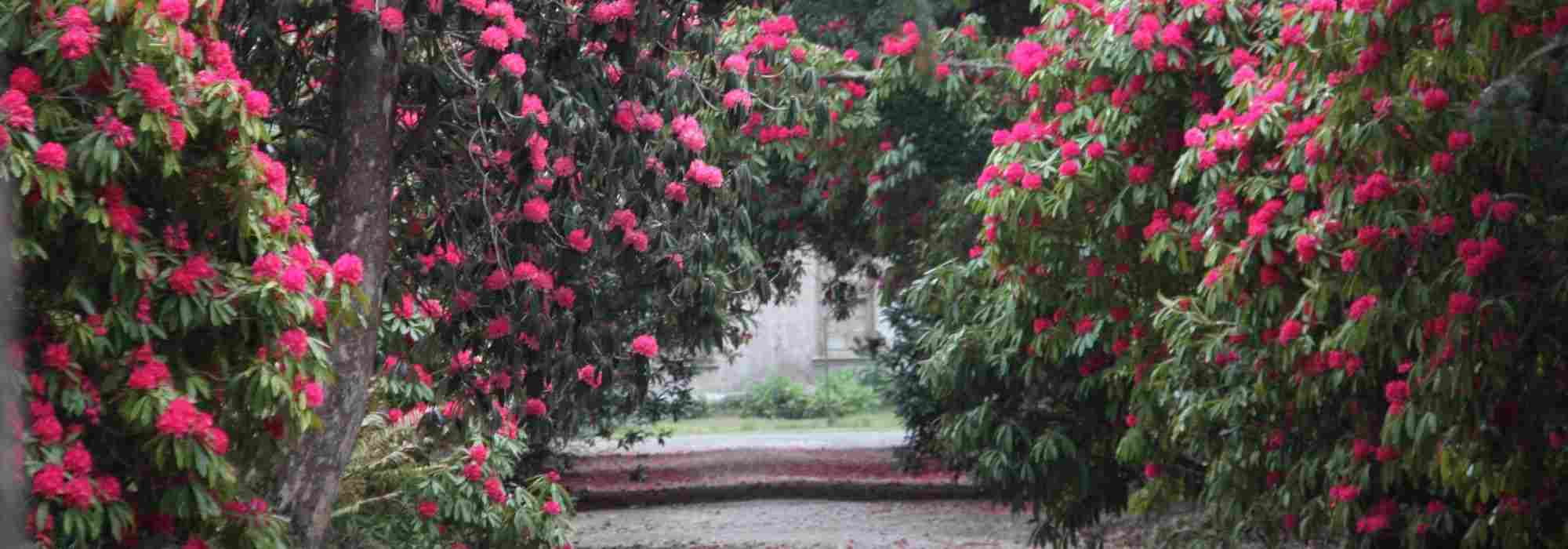
10 bushes to grow in acidic soil
heather soil bushes and more!
Contents
Most gardeners frown when the topic of acidic soil comes up, but they seem quite excited when they hear the words “heather soil,” which for them are synonymous with gardens rich in colour and a unique charm. In reality, acidic soil is not necessarily “heather soil.” And some plants do prefer, indeed, to grow in acidic soil (but certainly not in poor soil that does not retain water, as is the case with pure heather soil): Acer, Magnolias, flowering Cornus… Acidic soils are not more difficult to cultivate than others (see: “gardening in acidic soil”), it simply requires choosing plants that thrive in it.
So, to make the right choice, here are 10 great categories of bushes perfect for acidic soil.
Heathers and Callunas: carpets of pink, red, or white
Heathers, in a broad sense, are small bushes or shrubs that can create very lovely flowering carpets in white, pink, or purple tones. These plants can delight us with their flowering almost all year round if we take care to alternate between the Erica, which flower in winter and the Calluna, known as “summer heather“, which flower in late spring and summer.
We can also add the Daboecia or “Saint Daboec’s Heather“ which will bloom in summer and are distinguished from other heathers by a lower, denser, and more flexible habit. There are also much larger heathers, up to 1.5 metres in height, known as: Erica arborescens. These come from South Africa and are therefore less hardy than the others (down to -10 °C). All “heathers” thrive in acidic, cool soils, in partial shade, sheltered from the scorching sun. They enjoy well-drained soils, even poor ones (an excess of nitrogen could harm flowering). Heathers are wonderful at the edges, in rockeries, but winter heathers are especially stunning at the foot of trees and shrubs with ornamental bark when their winter flowering occurs.
Read also
10 perennials to grow in acidic soilRhododendrons and azaleas: spring stars in shaded areas
When talking about plants known as “heather soil” plants, one immediately thinks (after heathers) of the impressive rhododendrons (but not always!) and the cute little azaleas. In reality, if we were all botanists, we shouldn’t even separate them as they both share the same genus in the Ericaceae family (yes, just like heathers!): Rhododendron.
Ranging in size from 40 cm to over 5 m, both bloom in spring with large trumpet-shaped flowers in various colours: white, pink, red, purple, mauve, and even yellow. Sometimes evergreen for rhododendrons and Japanese azaleas, sometimes deciduous for Chinese azaleas, there is bound to be one that you will like. Or perhaps two… or three… or ultimately far too many to accommodate all in your garden.
Rhododendrons and azaleas thrive in acidic, rich, humus-bearing soils and… enjoy the beneficial dappled shade provided by large trees. However, they can also thrive in containers if you remember to water them. Some azaleas even make stunning bonsais…
Once established, they are low-maintenance shrubs that only require the removal of faded flowers at the end of flowering. Occasionally, every four or five years, you can add a mulch to maintain the soil’s acidity if you feel it necessary: pine needles or bark, or a bit of heather soil.
Discover other Ericaceous Shrubs
View all →Available in 1 sizes
Available in 1 sizes
Available in 0 sizes
Available in 1 sizes
Available in 1 sizes
Available in 2 sizes
Available in 2 sizes
Available in 1 sizes
Available in 1 sizes
Available in 1 sizes
The rest of the Ericaceae family: curiosities to plant in acidic soil
The Ericaceae family is a large family associated with acidic soils. It includes 1,350 species spread across about a hundred genera, of which we have already mentioned four: Erica, Calluna, Daboecia, and Rhododendron. We will not list the other hundred that remain, but we can introduce you to a short, non-exhaustive list of the main bushes from this family that can be found in gardens or nurseries.
Enkianthus
Enkianthus campanulatus or Campanulate Andromeda is rarely planted in gardens. This is a mistake! Besides the fact that it will become a magnificent bush, even a small tree, over the years, it is also a plant that requires no care as long as it is given fresh, humus-bearing, and well-acidic soil. Enkianthus thrives in partial shade and flowers from May to June with small white bells. Its vibrant autumn colours add another appeal.
→ read: “Enkianthus: planting, growing, maintaining”
Gaultheria
Are you looking for a ground cover to brighten up the base of your heather soil bushes? Look no further! Gaultheria procumbens is a mini-bush from the acidic underbrush of Canada. Its foliage is evergreen, and a multitude of very decorative red berries will cover the plants from late summer and remain throughout winter.
Kalmia
Kalmias are beautiful, large, hardy, and very floriferous shrubs with evergreen foliage native to the mountains of North America. They prefer acidic, rich soils and good moisture. Kalmias bloom between May and June.
→ read: “Kalmia, planting, growing, and maintaining”
Pieris
Pieris or Japanese Andromeda are shrubs with lanceolate evergreen foliage that is red in spring. They thrive in partial shade on acidic soil and are quite drought-resistant. Pieris are perfect for adding a splash of colour with their foliage before the rhododendrons bloom, for example.
Read also
Gardening in acidic soilCamellias: a spectacular flowering as winter comes to an end.
Camelias are highly valued for their glossy evergreen foliage, but especially for their impressive flowering as winter ends, particularly for Camellia japonica, and sometimes as early as autumn for some, like Camellia sasanqua. There are numerous varieties with single, semi-double, or double flowers in shades of red, pink, white, yellow, and mauve. Camelias thrive in woodland-like conditions, preferring cool, acidic soil and gentle, humid atmospheres. Although quite hardy, they are sensitive to cold winds and drought. They have a relatively slow growth rate and a compact habit, except for the more flexible wild camellias, which find a lovely place in a free-form hedge in partial shade.
Japanese Maples: for a Zen Atmosphere
Maples from the Land of the Rising Sun, Acer palmatum and Acer shirazawanum, are unmatched in brightening autumn with their foliage that takes on vivid red or orange hues. Japanese maples are perfect for creating a zen atmosphere in a small relaxation corner of the garden. There are many varieties and cultivars that differ in their foliage: more or less colourful, more or less dissected, more or less variegated, … but always stunning. These small trees, never cumbersome, thrive in partial shade, in acidic, well-drained yet cool soils. They can also be grown in pots or as bonsai.
Flowering Dogwoods: Beautiful Small Trees All Year Round
They are called Cornus kousa, Cornus florida, Cornus nuttallii, Cornus hongkongensis, … In addition, there are all the hybrids between these species, such as Cornus X rutgersensis or Cornus X ascona. These small trees are covered in flowers with large white or pink bracts in spring. Moreover, although most are quite hardy, the flowering of some Cornus, particularly the American ones like C. florida, can be damaged by a spring frost. They are also stunning in autumn, their foliage taking on vibrant hues that leave no one indifferent. All fear limestone (there may be slight tolerance in some C. kousa…) and prefer humus-bearing, slightly clayey, cool, and acidic soils with exposure to partial shade.
Magnolias: Harbingers of Spring
The spectacular flowering of magnolias often heralds the arrival of spring. The tree or bush is adorned with large solitary and fragrant flowers, varying in shape depending on the species, and in colours such as white, pink, purple, yellow, … before the foliage appears for deciduous species. Magnolias can be classified into two categories: large trees reaching heights of 10 to 15 m and more modest bushes rarely exceeding five metres in height. However, they all prefer cool, light, humus-bearing soils with a slight acidity. Magnolias should be planted in full sun or partial shade, in a location sheltered from cold, dry winds.
Hydrangeas: spectacular inflorescences all summer long.
No gardener should overlook hydrangeas (or Hydrangea in Latin). Their spectacular flowering throughout the summer in shades of white, pink, red, or blue is often followed by beautiful foliage colours in autumn. The inflorescences benefit from remaining on the bushes all winter to add a touch of “dried bouquets” during the dullest time of the year in the garden.
Let’s not forget climbing varieties like H. petiolaris or H. semanii and their cousins Schizophragma, perfect for brightening up a north-facing wall or, why not, grown as ground cover.
Even though some hydrangeas like Hydrangea quercifolia or the ‘Annabelle’ series of Hydrangea arborescens are more tolerant of lime, all other hydrangeas prefer rich, cool, and acidic soil. Exposure, however, depends on the species: most hydrangeas (H. macrophylla, H. serrata, H. aspera, H. involucrata, …) enjoy partial shade, while others, like H. paniculata, appreciate full sun.
Skimmia: an evergreen with no worries
The Skimmia is a heather soil bush that is very accommodating. It belongs to the Rutaceae family, like citrus trees, and displays beautiful evergreen foliage. The Skimmia flowers between April and May with small, fragrant white flowers, followed by very decorative red berries, which persist until winter. Very hardy, the Skimmia thrives in any good, slightly acidic soil, in shade or partial shade. Its only two concerns are drought and cold drafts.
- Discover all our Skimmias in our nursery
- Read: “Skimmias: Planting, pruning and maintaining”
- Watch our video on Skimmia
Blueberries and cranberries: small fruits for acidic soils.
Indeed, small fruits on acidic soils are possible with blueberries and cranberries, both members of the Ericaceae family. Cranberries (or cranberry), Vaccinium macrocarpon, are self-fertile and can therefore manage to produce fruit on their own, while blueberries will need to be in groups of at least two or three to bear fruit. The blueberry native to our regions, Vaccinium myrtillus, can sometimes be difficult to grow, so it is much wiser to choose its American cousin: Vaccinium corymbosum. In addition to producing delicious fruits, Vacciniums display a beautiful bright orange autumn foliage. All are very hardy, enjoy acidic soils with some moisture, and prefer partial shade.
→ to read: “Growing Blueberries
- Subscribe!
- Contents
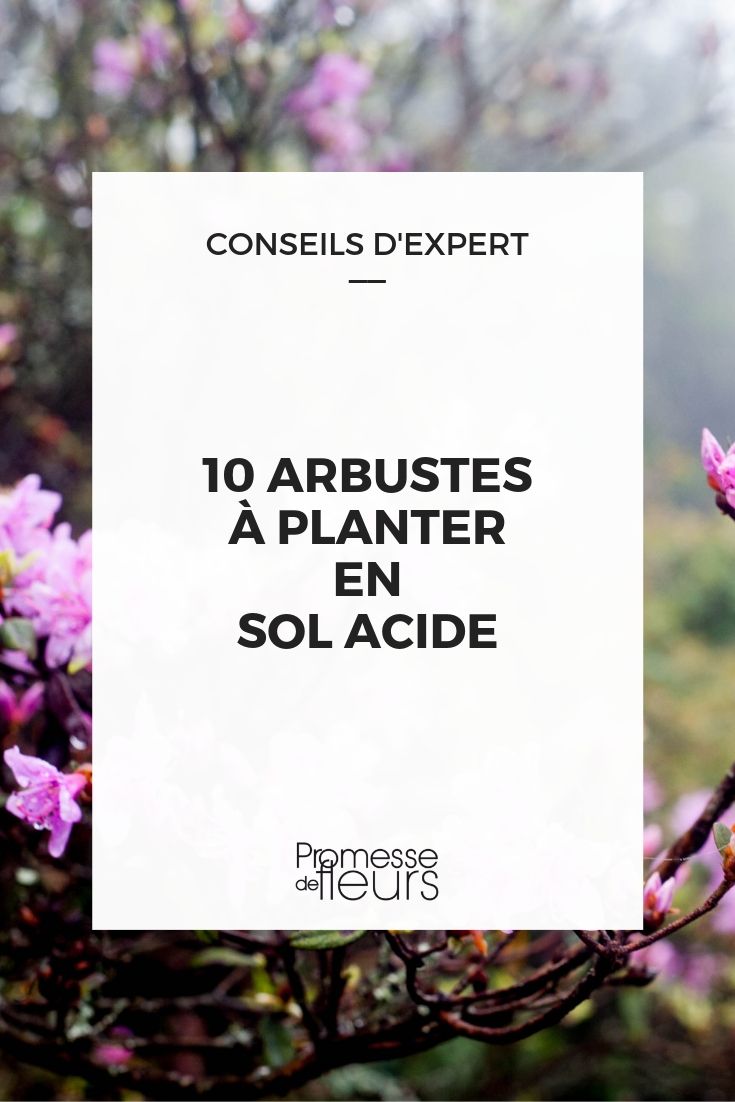































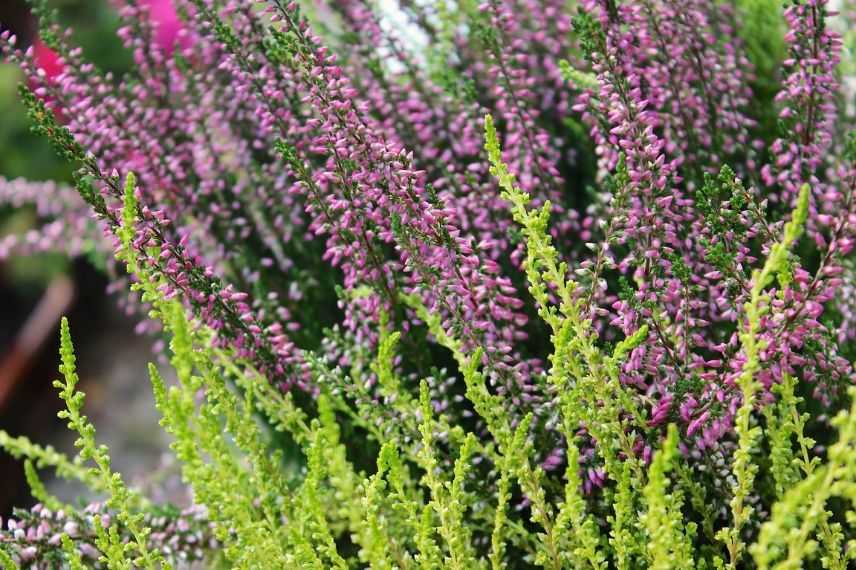
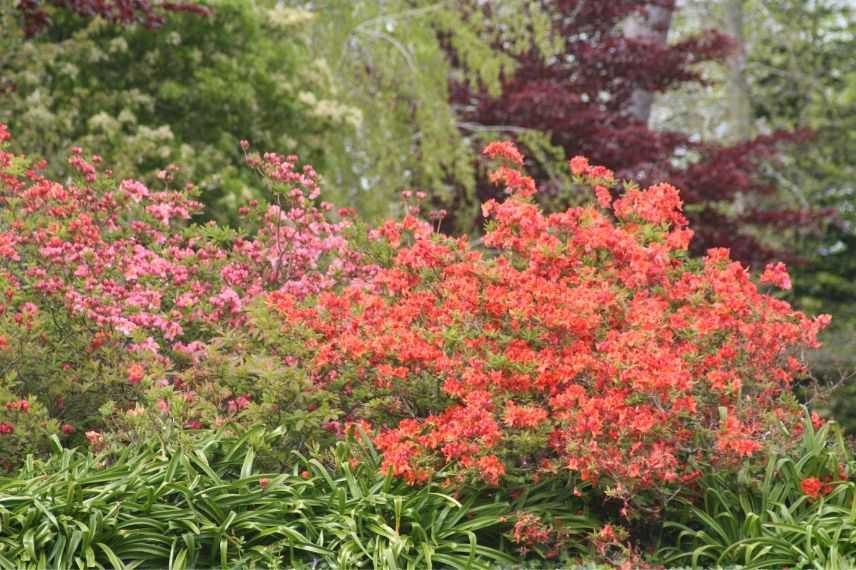
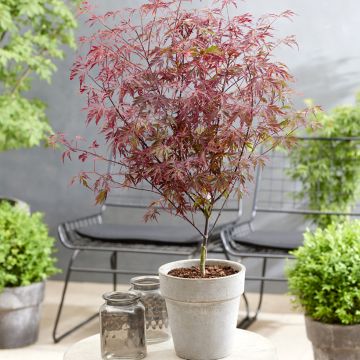
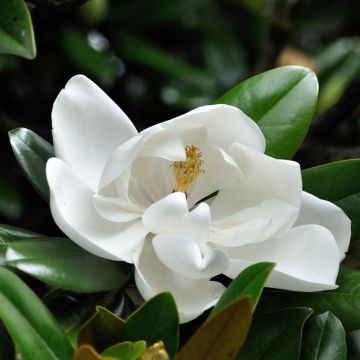
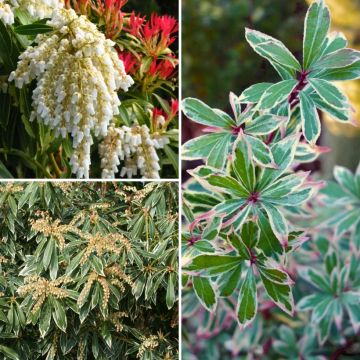
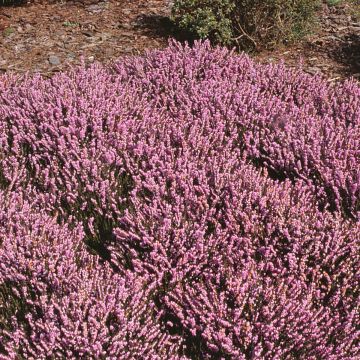
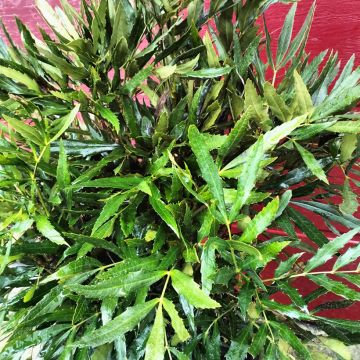
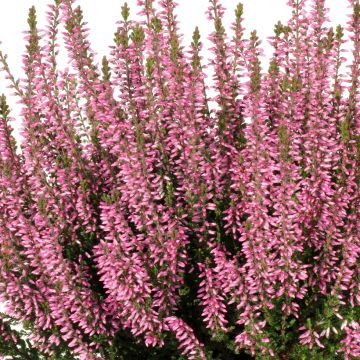
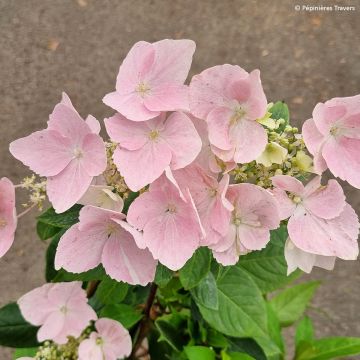
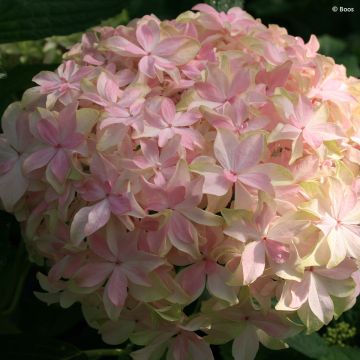
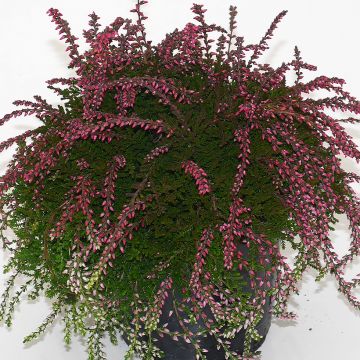
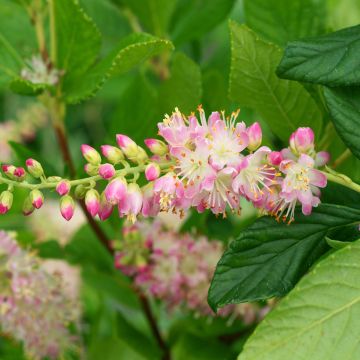
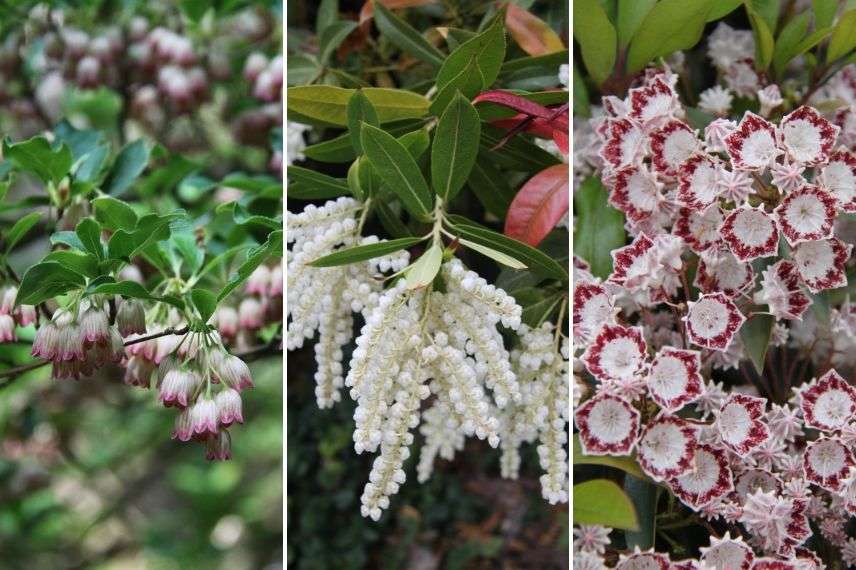
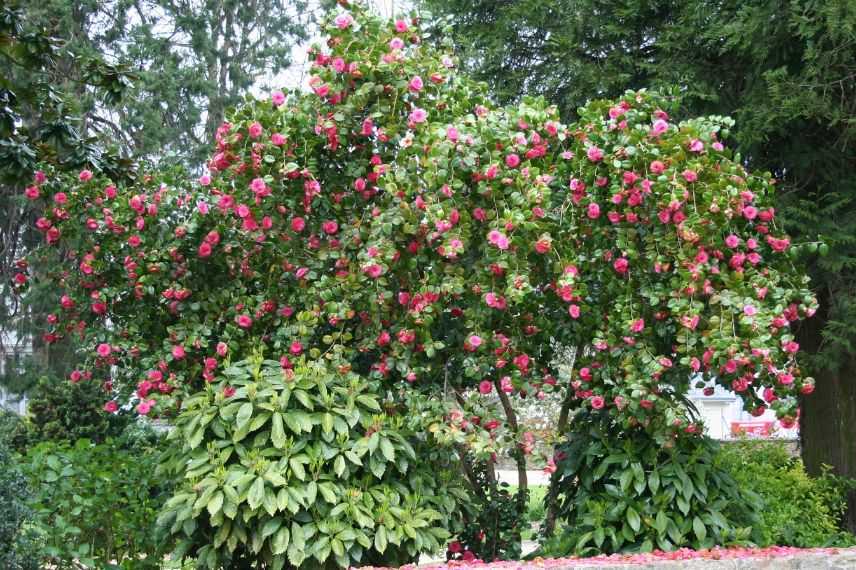
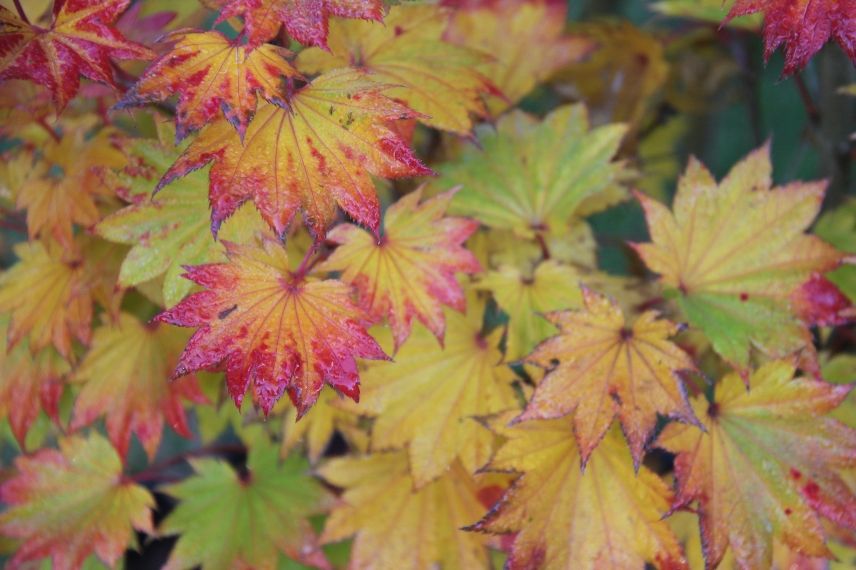
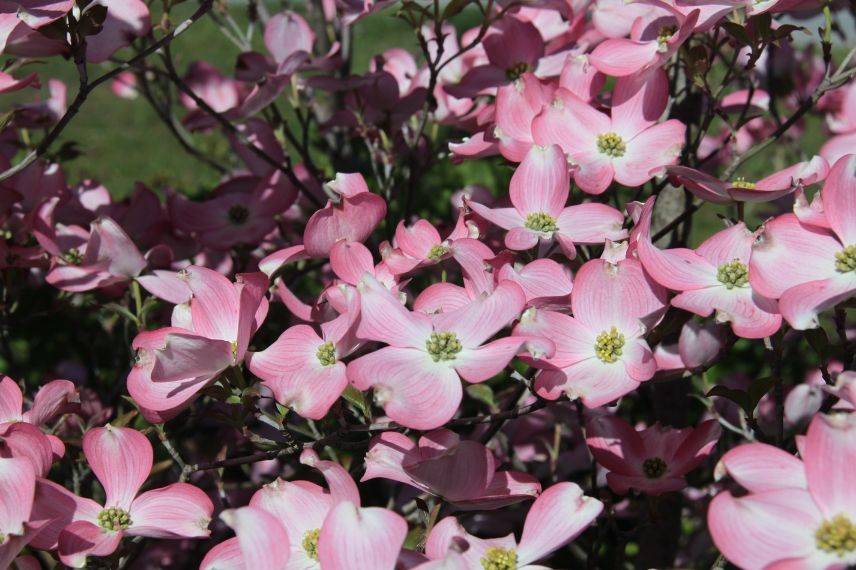
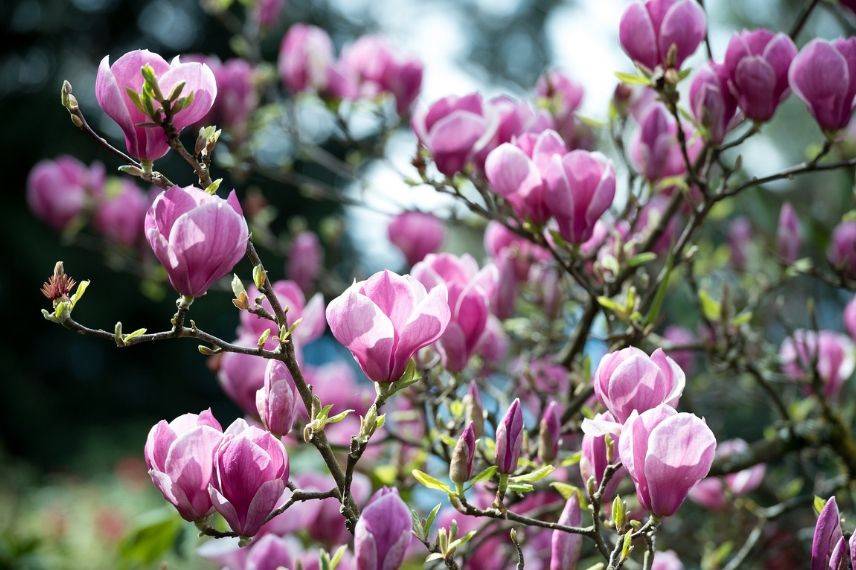
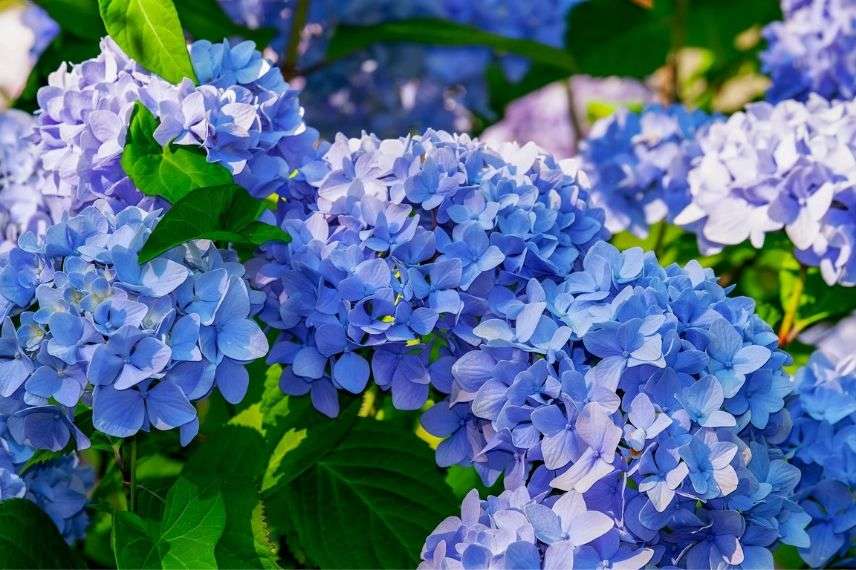
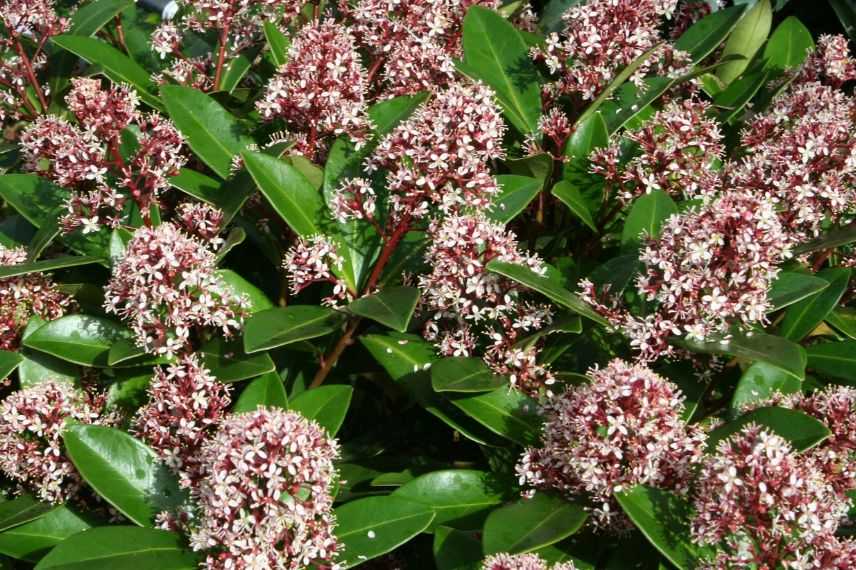
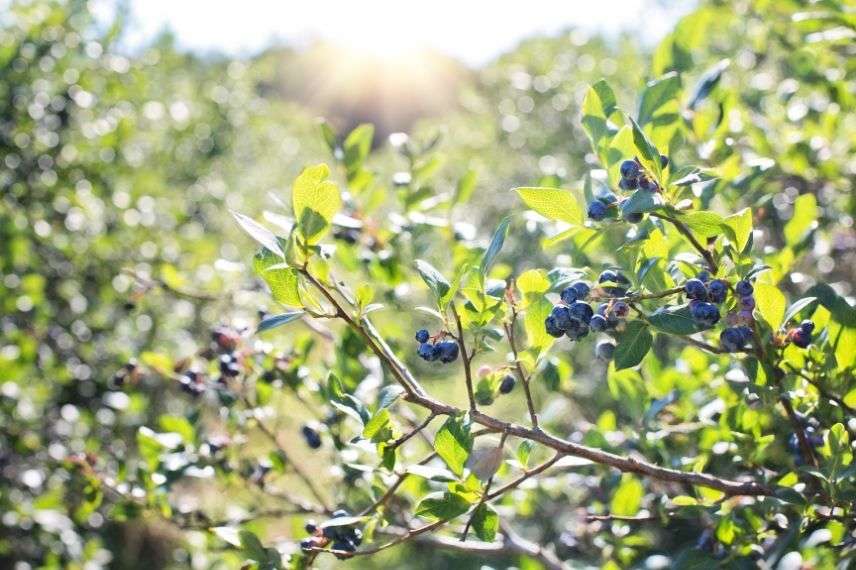
Comments